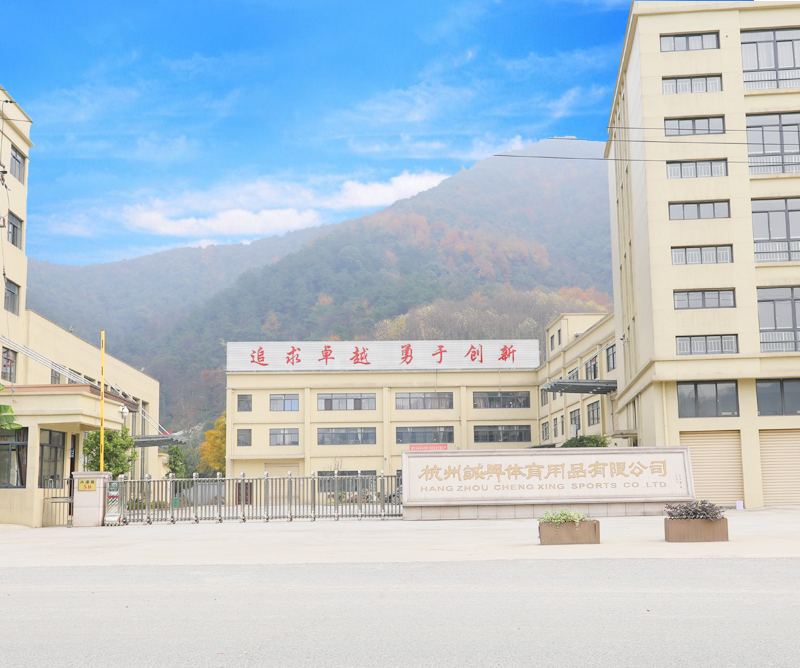Industry Knowledge
What are common tennis training device? Ball Machines: Tennis ball machines are automated devices that can feed balls at various speeds, spins, and trajectories. They allow players to practice their strokes, footwork, and reaction time without needing a partner. Some advanced ball machines can be programmed for specific drills and sequences.
Hopper Baskets: Hopper baskets are large, portable containers that hold multiple tennis balls. They are commonly used for collecting balls during practice sessions, making it convenient for players to pick up and feed balls to themselves or a partner.
Speed Guns/Radars: Speed guns or radars are used to measure the speed of a player's serves or shots. This feedback helps players gauge the power and consistency of their strokes and serves, making it easier to work on improving their game.
Tennis Rebounders: Rebounders are portable nets or boards that players can use to practice their groundstrokes, volleys, and serves. The ball bounces off the rebounder, allowing players to hit shots without a partner.
Tennis Targets: These are portable or fixed targets placed on the court to help players practice accuracy and ball placement. Targets can be used to work on hitting specific areas of the court or improving shot consistency.
Resistance Bands: Resistance bands are often used for strength and conditioning exercises specific to tennis. They can improve a player's strength, agility, and explosiveness, enhancing their on-court performance.
Tennis Stringing Machines: Stringing machines are essential for stringing and restringing tennis rackets. Ensuring that your racket has the correct string tension is vital for optimal play.
Video Analysis Tools: Video cameras and software designed for tennis analysis allow players and coaches to review and analyze their technique, footwork, and strategy. This visual feedback can be invaluable for making improvements.
Tennis Sensor Devices: Wearable sensor devices can be attached to a player's racket or clothing to collect data on their playing style, stroke speed, and movement patterns. This data can be used for performance analysis and improvement.
Footwork and Agility Equipment: Cones, ladders, and agility rings can be used to improve a player's footwork, speed, and agility on the court. These tools are essential for developing quick and precise movements.
Practice Nets: Practice nets are portable nets used for practicing serves or hitting against. They are useful for serving drills and target practice.
Tennis Grip Aids: These aids are designed to help players maintain a consistent and correct grip on the racket, which is crucial for stroke technique.
how do Tennis Ball Machine work?Tennis ball machines are sophisticated devices designed to simulate a practice partner by autonomously feeding tennis balls to players for practice and training. Tennis ball machines are versatile training tools that can be programmed for various practice drills. Players can use them to work on their groundstrokes, volleys, overheads, and serves. The ability to control parameters like ball speed, spin, and trajectory makes them valuable for tailoring practice sessions to specific needs and skill levels. Tennis coaches often use ball machines to create structured training routines for their students, helping players improve their game in a controlled and consistent environment. Here's how a typical tennis ball machine works:
Loading Balls:
Tennis ball machines are equipped with a hopper or container that can hold a significant number of tennis balls, often between 50 and 300 balls. The user loads the balls into this hopper.
Setting Parameters: The user typically sets various parameters on the machine's control panel or through a remote control. These parameters may include:
Ball Speed: The speed at which the balls are launched.
Ball Spin: The amount of topspin, backspin, or sidespin applied to the balls.
Ball Feed Rate: The interval between each ball's release, determining how quickly the balls are fed to the player.
Oscillation Pattern: Some machines can oscillate or move side to side to vary ball placement on the court.
Elevation Angle: The angle at which the balls are launched, which affects the trajectory (e.g., lobs or low shots).
Randomization: Machines with advanced features can randomize the parameters to simulate real-game conditions.
Ball Propulsion Mechanism: Inside the machine, there is a ball propulsion mechanism. This mechanism uses either spinning wheels or a pneumatic system to grab a ball from the hopper and propel it toward the player. The machine adjusts the speed and spin based on the user's settings.
Feeding Balls: The machine releases the tennis balls one by one, based on the set parameters. Some machines allow for sequential shots, while others can shoot balls simultaneously or in quick succession.
Ball Collection: After the balls are launched, they are collected by the player or by a ball retrieval system. This can be a simple collection net or a more sophisticated ball pick-up system, depending on the machine's design.
Power Source: Tennis ball machines are typically powered by rechargeable batteries or AC power sources. Some high-end machines offer extended battery life, allowing for longer practice sessions.
Remote Control: Many modern tennis ball machines come with remote controls that allow players to adjust settings and control the machine without leaving their side of the court.


